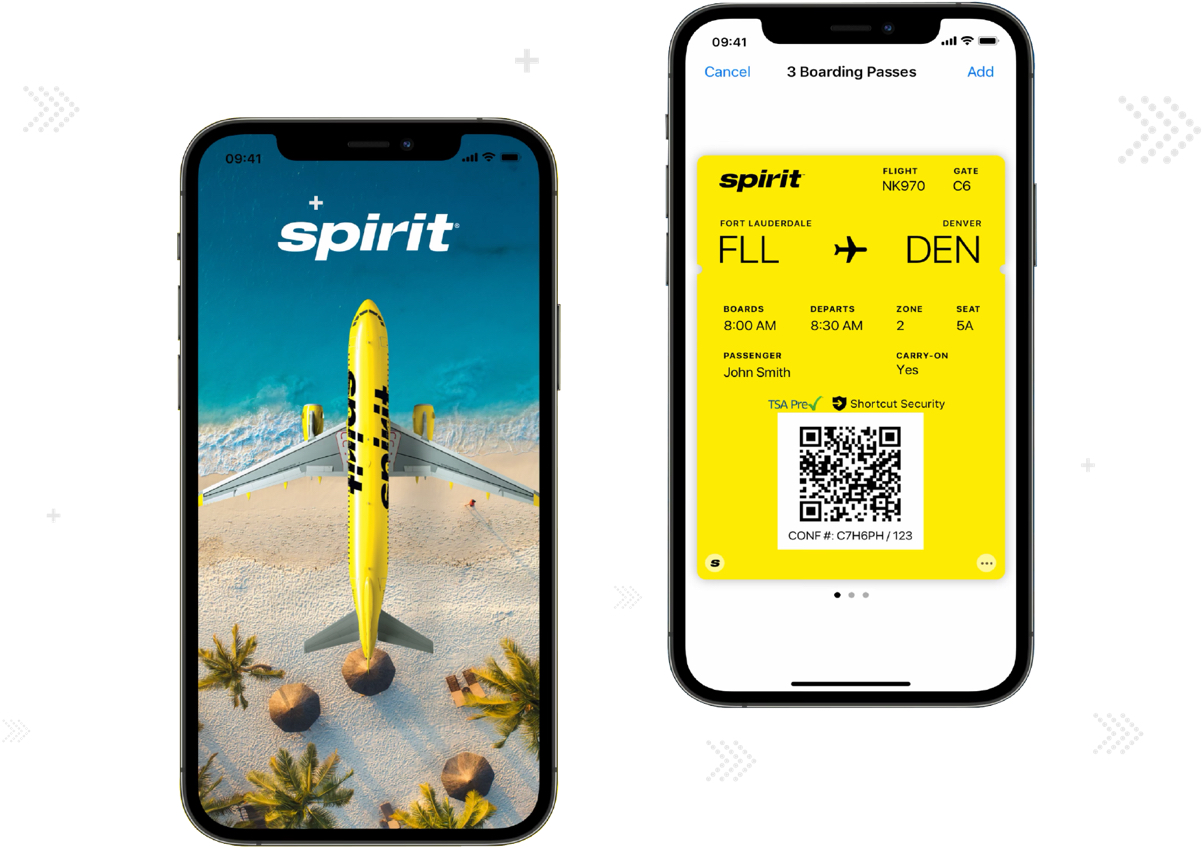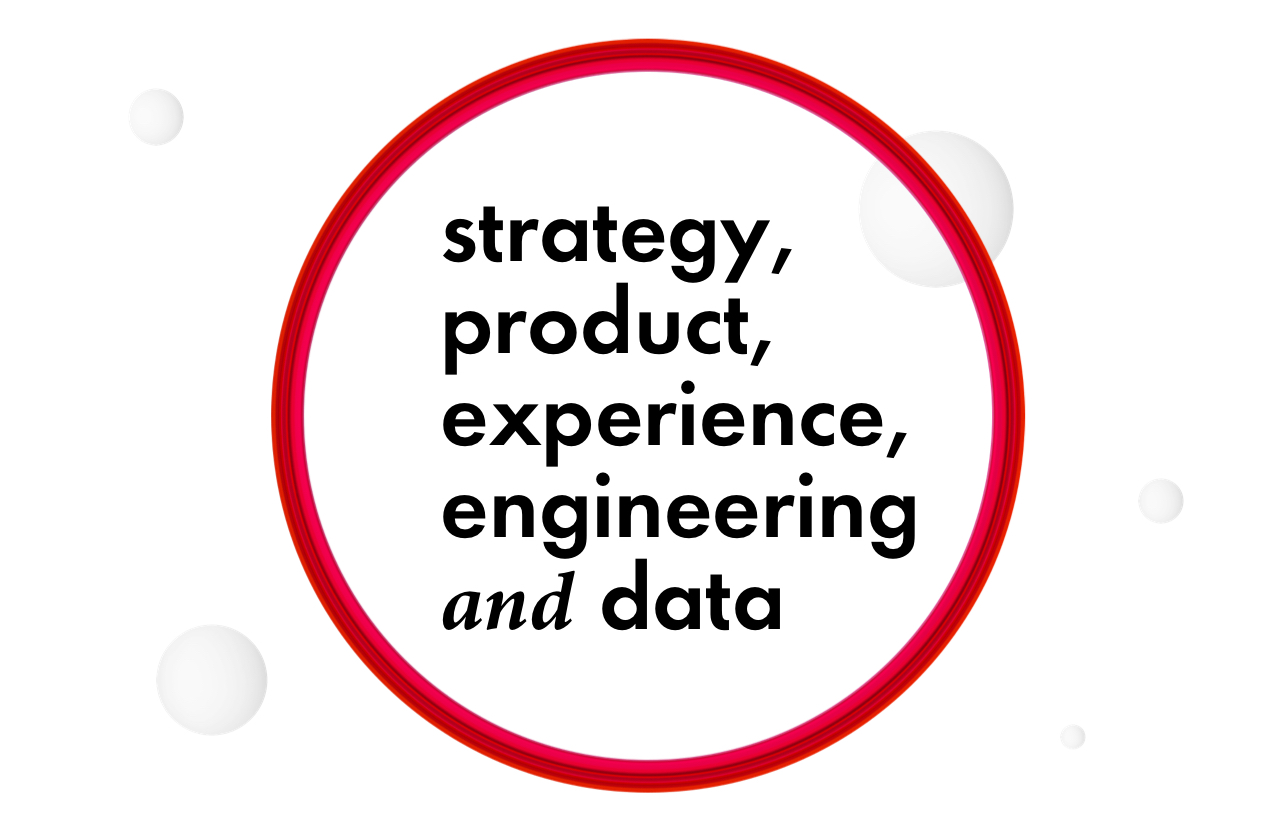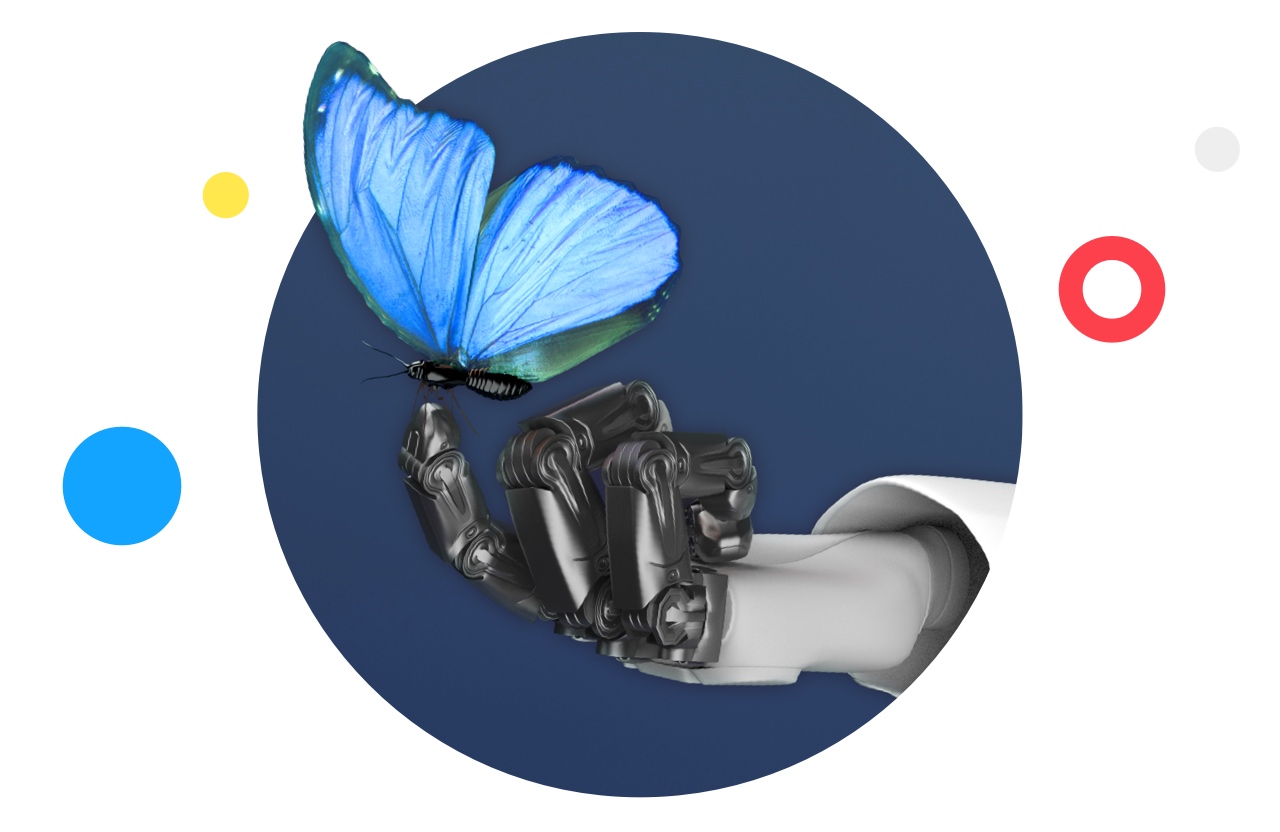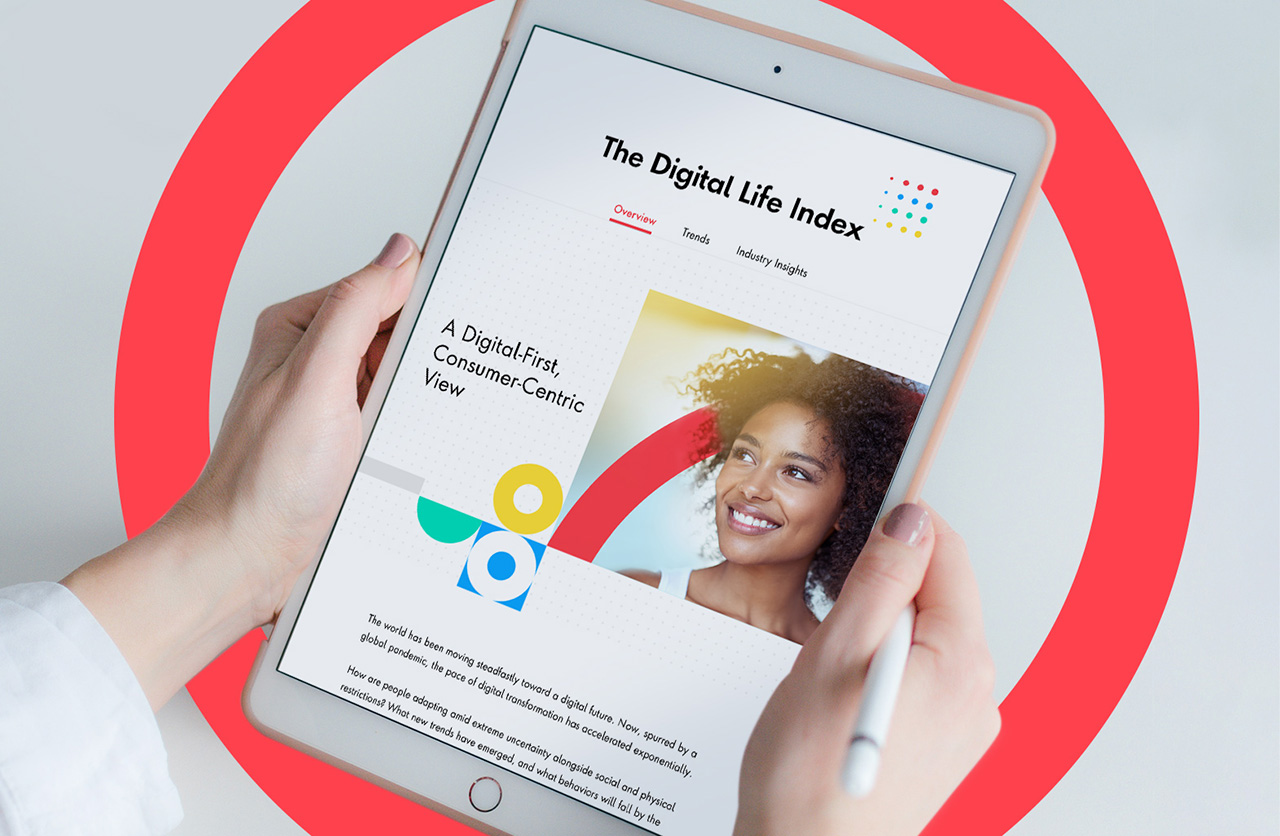What issue can we solve for you?
Type in your prompt above or try one of these suggestions
Suggested Prompt


Insights
Timely Trumps Timeless When Designing for Today’s Customers
Timely Trumps Timeless When Designing for Today’s Customers

Technology changes. Fast.
Customer expectations change. Faster.
Because technology is always changing, customer expectations can feel impossible to keep up with. That’s why it’s important to remember that holding out for the “perfect” ultimately becomes the enemy of the good.
The reality is that a digital transformation is never finished, and the customer experience is always evolving. Rather than wait for “flawless,” designers need to integrate business and aesthetic concerns to create the best experience possible – and improve their designs as they go.
Businesses should expect digital transformation to be a process of continual improvement – not a short-term project.
More than a discipline, design is a way of looking at the world. A key lesson from design is that every product is associated with one or more core experiences that bring value to the user. For instance, customers don’t necessarily want hiking backpacks but want the range of experiences they enable like adventure, exercise and escape.
Just as designers can create products that bring value to their customers, businesses can use design principles to create digital touchpoints and customer journeys that enable the right core experiences.
The value of SPEED
Nigel Vaz, chief executive officer of Publicis Sapient, incorporates design principles into the overall strategy outlined in his book “Digital Business Transformation.”
He says that established businesses need to develop five “SPEED” capability areas — strategy, product, experience, engineering, and data — to become more forward-facing, digitally enabled and able to evolve alongside customer behavior and technology. When these capabilities are fully developed, they enhance one another, and the business can use them to find and realize value.
Design is a central component of any company’s experience capability. Vaz argues that timely designs are more important than timeless designs, citing Publicis Sapient alumnus John Maeda. Vaz says this idea becomes more apparent the more a person works on digital products.

“In the context of a rapidly changing world, the idea that ‘timely design is more important than timeless design’ is important,” Vaz writes. “It’s the philosophy of shipping an incomplete product followed by as many revisions as possible, instead of trying to ship a product that’s complete.”
Perfectionism prevents progress
Vaz says the key difference between traditional and cutting-edge types of design is that the latter is based on iteration. That means designers test a protype to see where it can be improved. Then they modify the protype and test it over and over.
It’s far better (in fact, necessary) to release an incomplete product on the market with subsequent updates than to wait for a flawless product. In our rapidly evolving world, perfect design does not exist.
With computational products (computer programs, phone apps, etc.), we can keep iterating long after releasing a product, letting the customers approve the updates from home.
Iteration and data capture

In the context of digital business transformation, a beautiful design should deliver value to the customer and market relevance to the company rather than being an end in itself.
Designers understand they need to use empathy to address customer’s changing wants and needs, which grow and evolve.
“This is as much about how you design your products, services and processes to capture data as it is about having the culture to use it,” Vaz says. “Unfortunately, for most established companies, data exists, but the organization isn’t built to design for it or create the reinforcing loop to use it to improve existing products and services or identify new ones.”
He advises established businesses to create virtuous cycles of data capture, integration, improvement, and implementation. Without a cohesive data infrastructure, an organization’s systems and processes cannot keep up with the rate of technological and cultural change.
“Unfortunately, for most established companies, data exists, but the organization isn’t built to design for it or create the reinforcing loop to use it to improve existing products and services or identify new ones.”
Nigel Vaz , Chief Executive Officer
Kindred spirits
Spirit Airlines, the ultra-low-cost carrier headquartered in Florida, shares Publicis Sapient’s vision for timely, customer-centric experience design.
In 2017, when Spirit launched its first check-in only app, customers were sorely disappointed. They complained that it lacked basic functionalities and suffered from design flaws that made for a frustrating experience.
Customer expectations had in fact risen far beyond the Spirit app’s features by the time it was released. But not having an app to let customers check in would have placed the airline even farther behind.
Spirit teamed with Publicis Sapient to redesign the app based in part on this customer feedback. Together, we created a dynamic, user-friendly app that empowers travelers to select seats, pay for luggage, and opt for additional features. Intuitive to the core, the new app delivers a best-in-class and perpetually improving customer experience.

Publicis Sapient also helped create the world’s first fully digital trade finance bank: Anglo-Gulf Trade Bank (AGTB). In just months, AGTB Holdings and Mubadala Investment were able to realize their collaborative vision of a new kind of bank.
With all five SPEED capabilities working together from day one, AGTB reimagines and simplifies how trade banks service their customers. Everyone involved contributed to the development of a culture that embraces fully digital and constantly evolving experiences.
Art for the customer’s sake
When it comes to digitally transforming a business, design is never finished.
Every year that passes reveals new insights about design. We learn where design can be more effective and inclusive to spread its benefits to as many people as possible. As long as customers use the product, it’s always in a state of becoming. Businesses can take the following steps to incorporate lessons from design into how they create customer experiences:
- Embrace the connection between art, technology and commerce: Although many artists use design principles to make art for art’s sake, there’s always been a close connection between design and business. Design can boost business by adding beauty and allure, but business can also learn from design principles.
- Leverage technology for innovative design: Regarding digital experiences, do not aim for perfection before going to market. Create the best digital experience you can, but also integrate data capture into the product so you can continually improve it through iteration.
- Understand that experience is paramount: The product may be wonderful or innovative, but that’s not the end goal. What valuable feelings does your product prompt in its users? What experiences will users associate with your product?
In the digital world, timely design can help companies become and remain relevant.

Digital Business Transformation Newsletter
Subscribe to exclusive transformation-focused trends and insights
Related Articles
-
![]()
Insight
How to Develop the Muscle of Continuous Change
The secret to business longevity is being able to change at pace with the world. Find out how becoming digital at the core gives that to you.
-
![]()
Insight
The Key to Relevance
Read the four qualities you need to succeed in digital business transformation and remain ever-relevant as technology, the market and customer expectations evolve.
-
![]()
The Digital Life Index
Introducing the Digital Life Index
People-first data insights that will solve for an unprecedented Now and equip you for the unknowns of Next.







